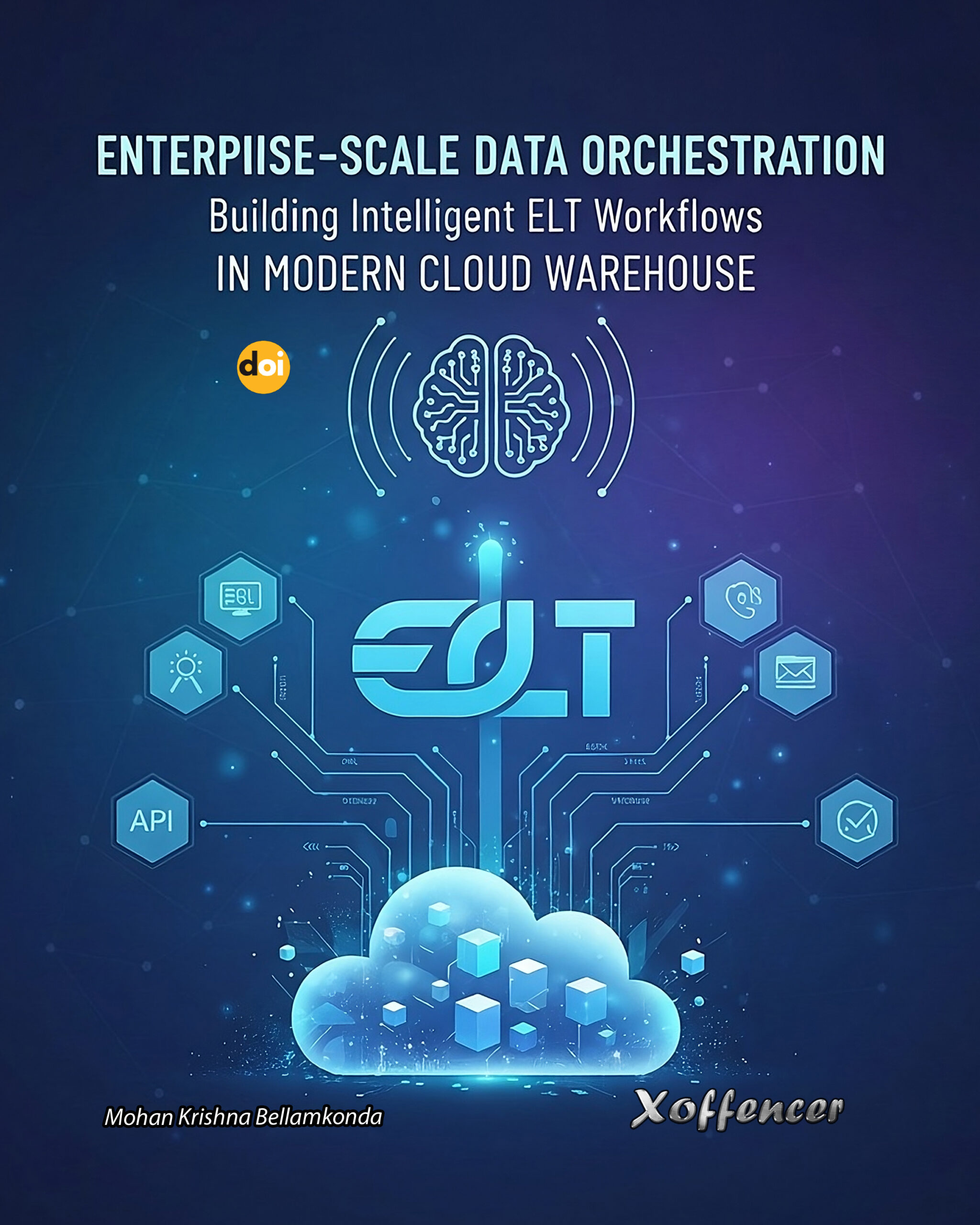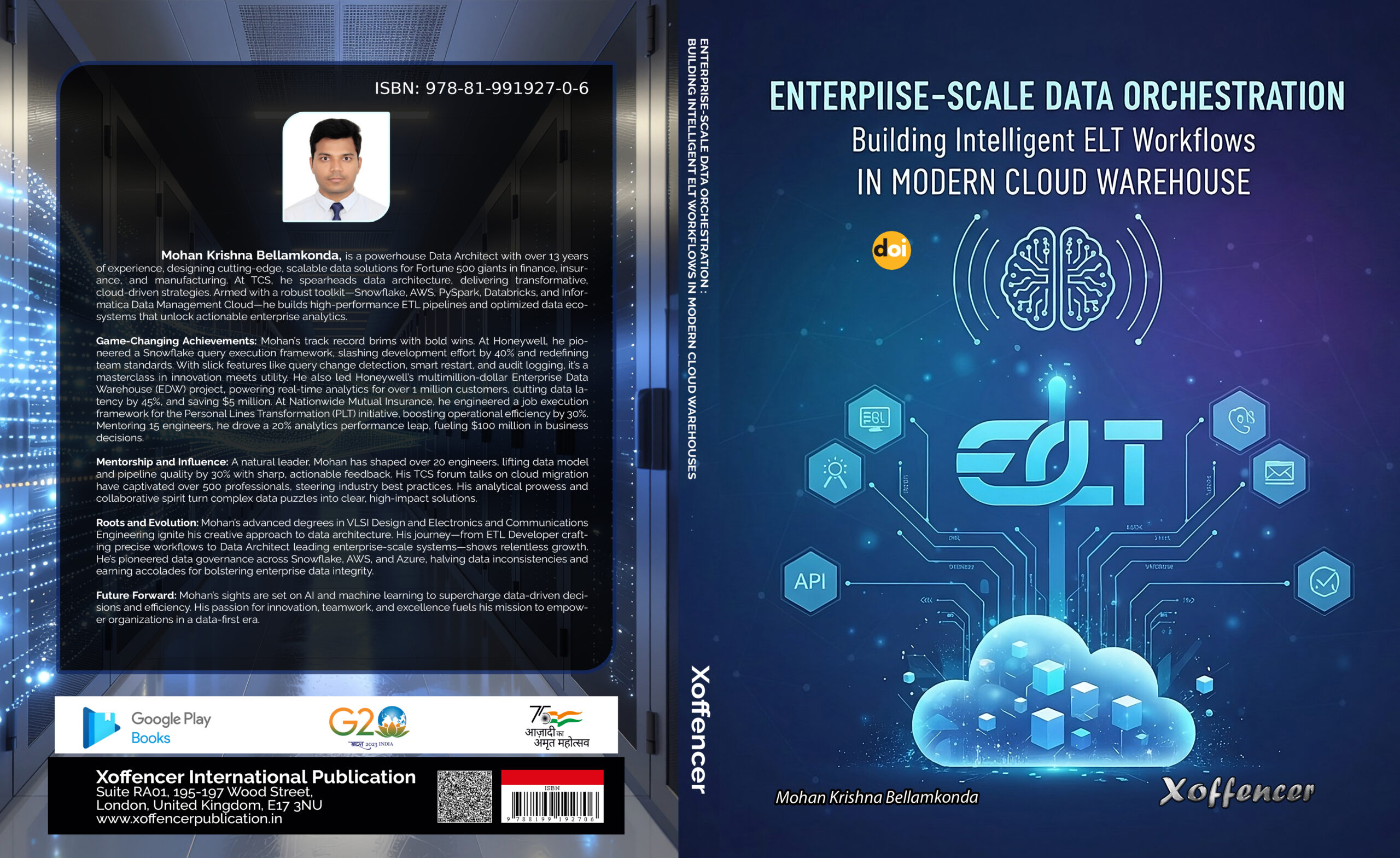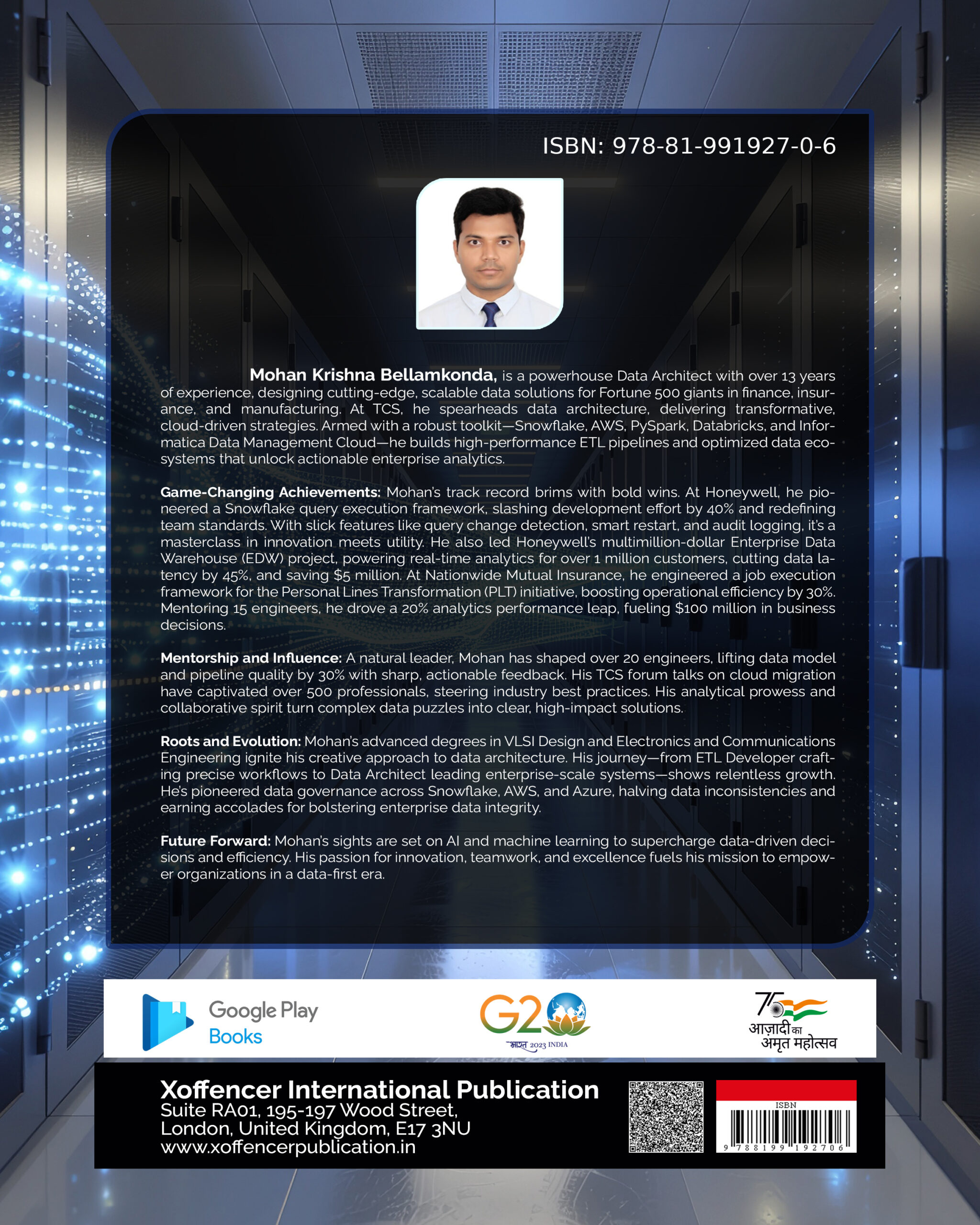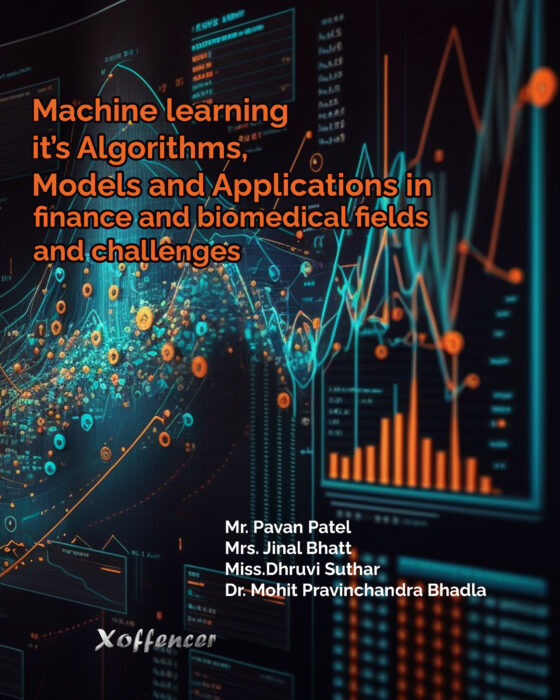Description
The conventional order of data integration steps is inverted in the ELT (Extract, Load, and Transform) data processing methodology. A data warehouse or data lake is the intended destination for this method’s modified data, which is after it is imported directly into the system from the source systems. This approach makes use of the processing capacity of contemporary cloud data platforms to execute transformations post-data-load, instead of pre-load. There was a gradual transition from ETL to ELT. When on-premise data warehouses lacked the resources to handle large amounts of data without first converting and filtering it, traditional ETL made sense. This Chapter delves into the revolutionary effects of automation technologies on business data warehouse management and multi-cloud ETL procedures. In response to the increasing complexity of real-time analytics and data processing, the article delves into how firms are using sophisticated automation technologies. The essay delves into the techniques for implementation and shows how AI, ML, and complex orchestration mechanisms are used in current data warehouse automation to improve data quality and operational efficiency. This article traces the history of ETL from its early days to its current iteration, looking at how the change has simplified development while enhancing data processing capabilities. Automating processes significantly improves processing speed, resource usage, and cost efficiency, according to key studies. In addition to discussing ways in which data operations may be scaled while retaining strong control frameworks, the essay delves into essential security, governance, and compliance automation. Insights into the future of data warehouse automation and its role in facilitating digital transformation are offered by this research, which examines real-world deployments and industry best practices.










Reviews
There are no reviews yet.